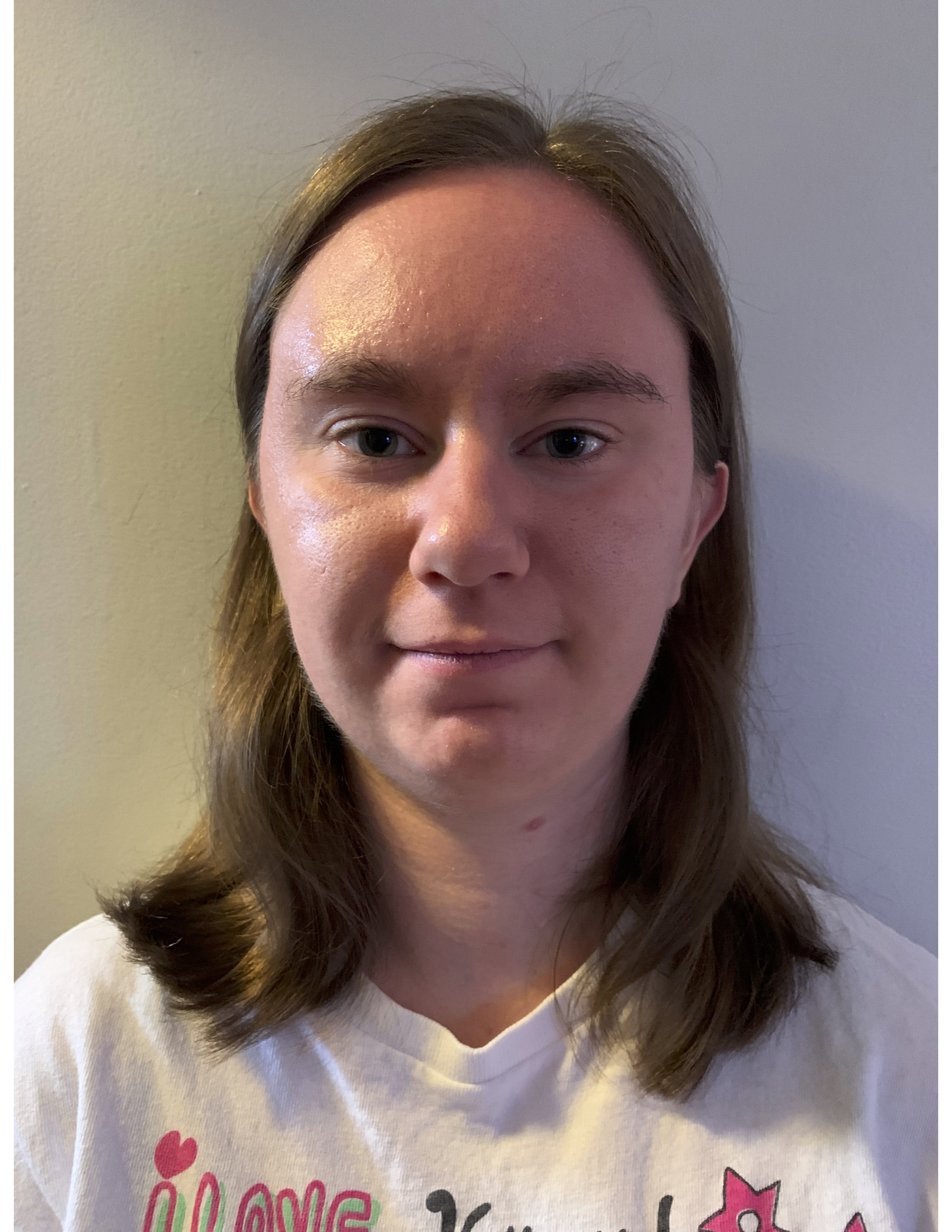Celebration of Scholars
An NMR Investigation of Micelle Formation by Phenylalanine-Containing Dipeptide Surfactants
 Name:
Kaitlin Arnashus
Name:
Kaitlin Arnashus
Major: Chemistry
Hometown: Chicago, IL
Faculty Sponsor: Kevin Morris
Other Sponsors:
Type of research: SURE
Funding: NSF-RUI Grant #1709394
Abstract
Surfactants are amphiphilic compounds with low toxicity that are used in food, pharmaceutical, and cosmetic applications. Amino acid-based surfactants are greener alternatives to the sulfate- and phosphate-based surfactants currently used in many consumer products. The physical properties of micelles formed by the surfactants undecyl-alanine-phenylalanine (und-AF) and undecyl-phenylalanine-alanine (und-FA) were investigated with nuclear magnetic resonance spectroscopy. The und-AF surfactant was soluble in solution with every counterion investigated from pH 7.5 to 11.5, and the und-FA surfactant was insoluble with L-arginine and choline counterions and soluble over a small pH range with tetraethylammonium counterions. Critical micelle concentration (CMC) measurements with und-AF revealed that micelle formation occurs at smaller concentrations in solutions with choline and tetraethylammonium counterions and at larger concentrations in solutions with sodium counterions. In the presence of L-arginine counterions, the CMC was smaller at low pH and larger at high pH. The counterion present in solution and the pH of the solution significantly affected the micelle formation of these surfactants.
Submit date: March 9, 2020, 4:17 p.m.
